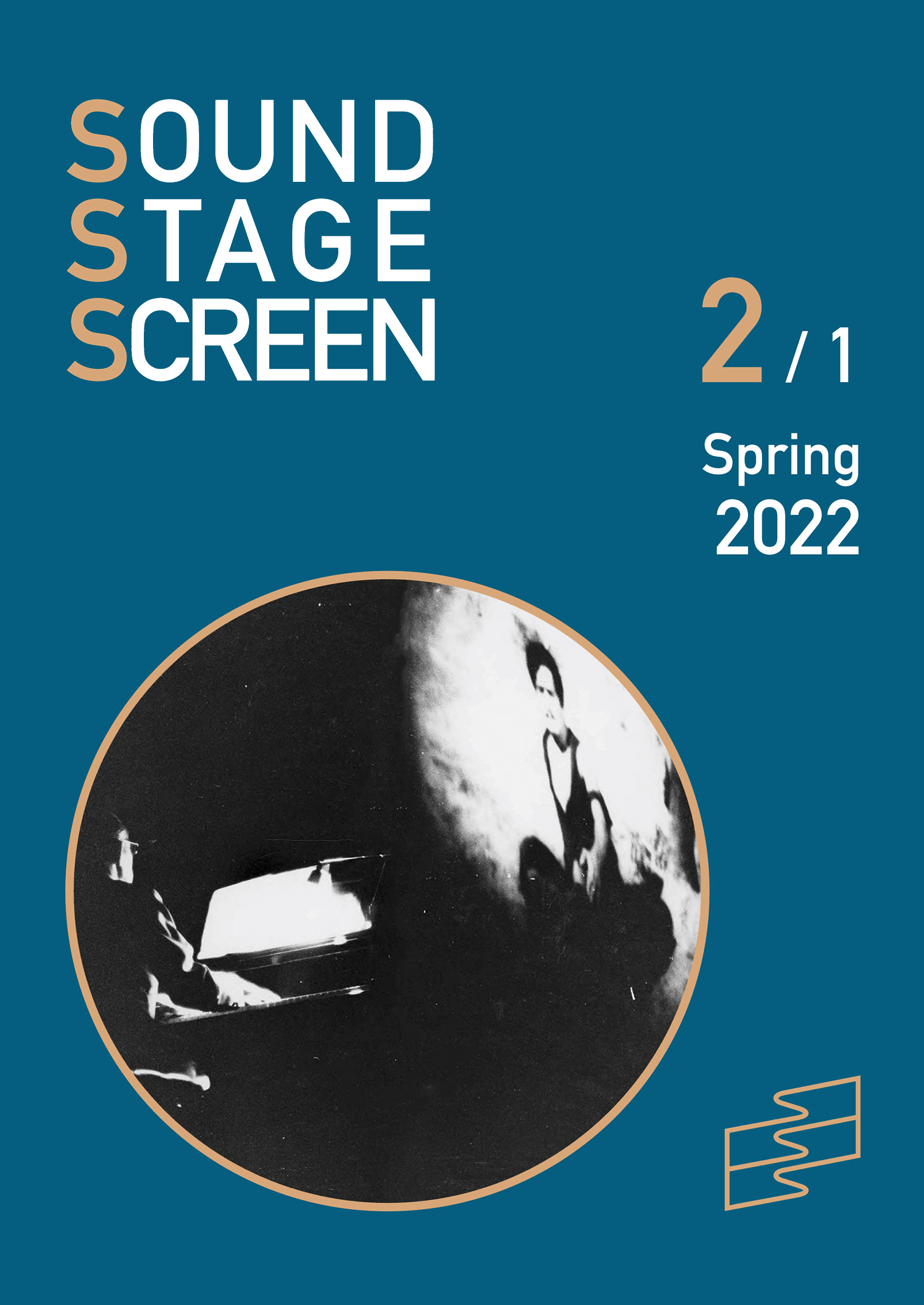Abstract
This article examines the life and work of Arthur Kleiner, an Austrian composer, conductor, and pianist who, although relatively unknown, can be considered one of the most influential practitioners of silent film music during the sound era. Significantly, he was active during a time when the musical accompaniment of silent films could not be taken for granted in film preservation institutions and also before the revival of silent cinema in the 1980s.
Kleiner’s contributions to the persistent existence of silent film music can be broken down into three key roles: as historian and researcher, as creator of original and compilation scores, and as performer who not only offered his interpretative frame to hundreds of silent films, but who, through his mediatized, public persona, shaped the idea of what it meant to be a silent film pianist.
I argue that Kleiner’s work as well as his “musical persona” (Auslander) were strongly influenced by his Viennese bourgoise background and by his early career as dance and theater musician. Finally, an analysis of a documentary written and narrated by Kleiner in 1972 serves to trace how certain aspects of his musical persona shaped his conception of this lost art.
References
Anderson, Gillian B. “Synchronized Music: The Influence of Pantomime on Moving Pictures.” Music and the Moving Image 8, no. 3 (2015): 3–39.
Auslander, Philip. In Concert: Performing Musical Persona. Ann Arbor: University of Michigan Press, 2021.
———. “Musical Personae.” The Drama Review 50, no. 1 (2006): 100–119.
———. “‘Musical Personae’ Revisited.” In Investigating Musical Performance: Theoretical Models and Intersections, edited by Gianmario Borio, Giovanni Giuriati, Alessandro Cecchi, and Marco Lutzu, 41–55. London: Routledge, 2020.
Chion, Michel. Audio-Vision: Sound on Screen. 2nd ed. Translated by Claudia Gorbman. New York: Columbia University Press, 2019.
Decherney, Peter. Hollywood and the Culture Elite: How the Movies Became American. New York: Columbia University Press, 2005.
Doane, Mary Ann. “The Voice in the Cinema: The Articulation of Body and Space.” Yale French Studies 60 (1980): 33–50.
Donnelly, Kevin J. “How Far Can Too Far Go? Radical Approaches to Silent Film Music.” In Today’s Sounds for Yesterday’s Films: Making Music for Silent Cinema, edited by Kevin J. Donnelly and Ann-Kristin Wallengren, 10–25. London: Palgrave Macmillan, 2016.
Donnelly, Kevin J., and Ann-Kristin Wallengren, eds. Today’s Sounds for Yesterday’s Films: Making Music for Silent Cinema. New York: Palgrave Macmillan, 2016.
Finocchiaro, Francesco. “Sergei Eisenstein and the Music of Landscape: The ‘Mists’ of Potemkin between Metaphor and Illustration.” In The Sounds of Silent Films: New Perspectives on History, Theory and Practice, edited by Claus Tieber and Anna K. Windisch, 172–91. New York: Palgrave Macmillan, 2014.
Goffman, Erving. The Presentation of Self in Everyday Life. New York: Doubleday, 1959.
Hasday, Judy L. Agnes de Mille, (Women in the Arts Series), Philadelphia: Chelsea House Publishers, 2004.
Higgins, Steven. Still Moving: The Film and Media Collections of the Museum of Modern Art. New York: The Museum of Modern Art, 2006.
Kleiner, Arthur. “New Yorker Arthur Kleiner writes about Film Scores.” Sight and Sound 13, no. 52 (1945): 103–4.
Kondor, Eszter. Aufbrechen. Die Gründung des Österreichischen Filmmuseums. Wien: Österreichisches Filmmuseum – Synema, 2014.
Lindsay, Vachel. The Art of the Moving Picture. New York: Macmillan, 1915.
Magliozzi, Ronald S., and Charles L. Turner. “Witnessing the Development of Independent Film Culture in New York: An Interview with Charles L. Turner.” Film History 12, no. 1 (2000): 72–96.
Miceli, Sergio. “Leone, Morricone and the Italian way to revisionist westerns.” In The Cambridge Companion to Film Music, edited by Mervyn Cooke and Fiona Ford, 265–293. Cambridge: Cambridge University Press, 2016.
Piccardi, Carlo. “Pierrot al cinema. Il denominatore musicale dalla pantomima al film.” Civiltà musicale 19, no. 51/52 (2004): 35–139.
Sitney, P. Adams. The Essential Cinema. New York: Anthology Film Archives and New York University Press, 1975.
Tieber, Claus. “Filme als Cue Sheets: Musikfilme, Kinomusik und diegetische Musik, Wien 1908–1918.” Kieler Beiträge zur Filmmusikforschung 9 (2013): 26–45.
Weinberg, Gretchen. “The Backroom Boys.” Film Culture 41, (Summer 1966): 83–87.
Zweig, Stefan. The World of Yesterday. London: Pushkin Press, 2011.

This work is licensed under a Creative Commons Attribution 4.0 International License.
Copyright (c) 2022 Anna K. Windisch

